Barry Jenkins Go Home Again Short Film
Barry Jenkins And The Argument For Brusque Film Auteurism (Function 2)
What Is The Worth Of A Brusque Filmography To A Famous Filmmaker's Legacy?
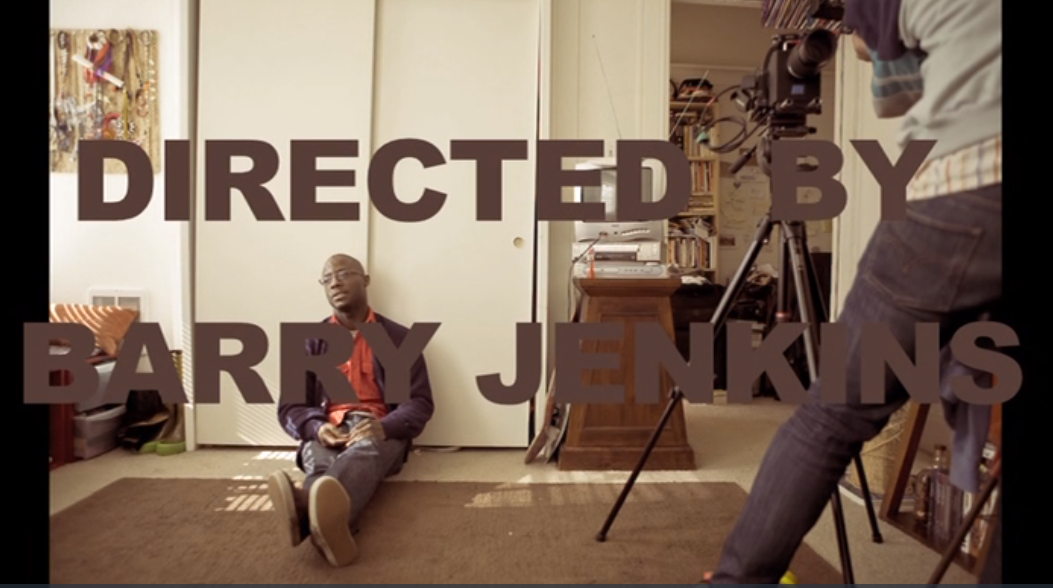
(This is the second of a 3 part assay of Barry Jenkins' brusque picture career pre-Moonlight. To read part one, click hither .)
The Middle Period — "I Dearest You lot"
A Young Couple (2009) / Tall Plenty (2009) / One Shot (2009)
Both A Young Couple and Tall Plenty cease with"I beloved you." — 1 of the almost sincere and hostage statements a human tin make.
It's in this very choice, among many others, that we detect Jenkins working very much against the isolation and breach that characterized his kickoff two shorts, both stylistically and thematically. Instead of countless objects acting as frames between us and the characters, Jenkins and DP James Laxton use faces and heads as the frames. This fourth dimension at that place are several tight close-ups on couples staring at each other, leaning into each other, making intimate, human contact.
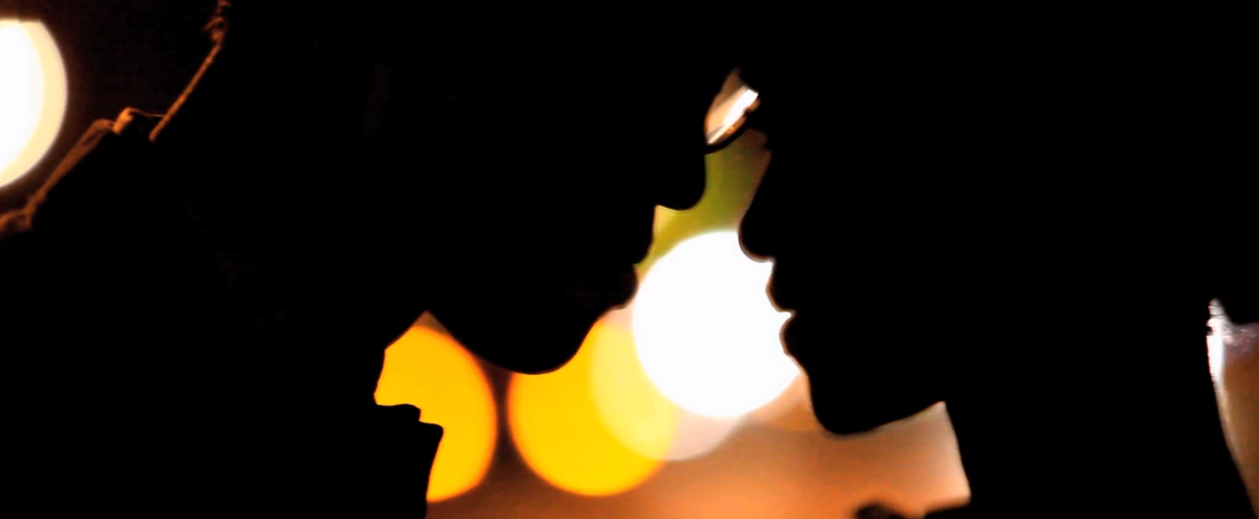
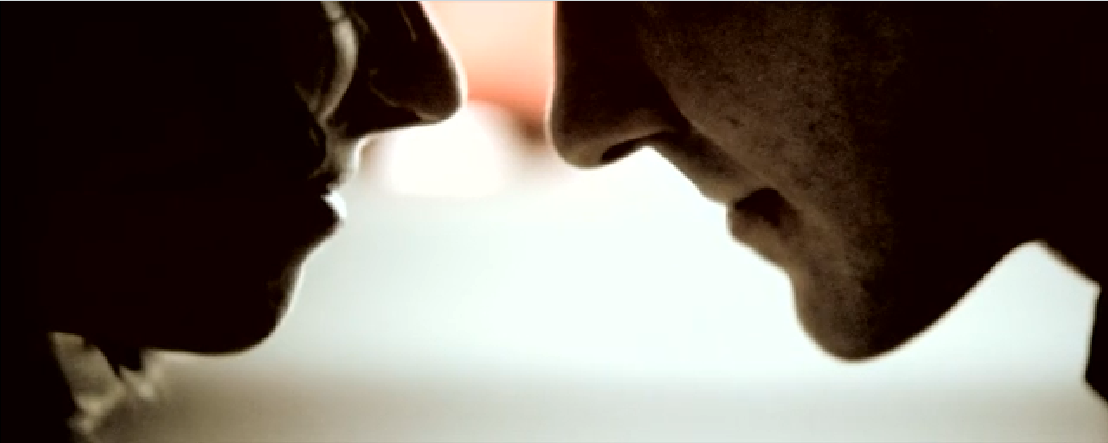
The bodies of the lovers in both shorts constantly collide, interact and seek something that exists both within and beyond each other. This constant sense of dissatisfaction, of roaming and seeking, is also picked upward by the camera. In both films, the camera is constantly on the move, rack focusing, spinning or otherwise gesticulating to united states of america its sense of discontent and desire for contact, for tactility.
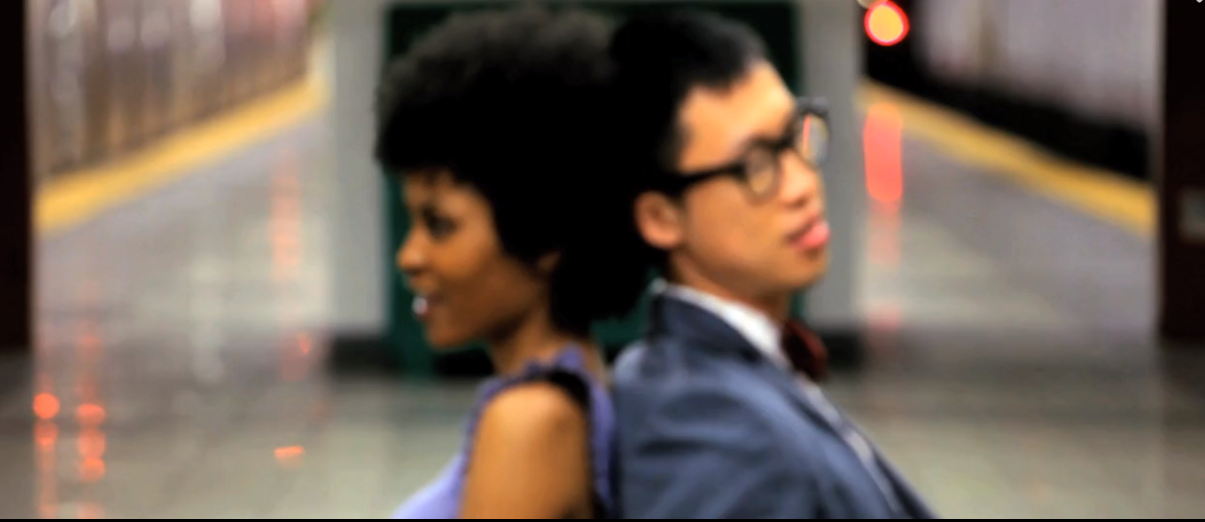
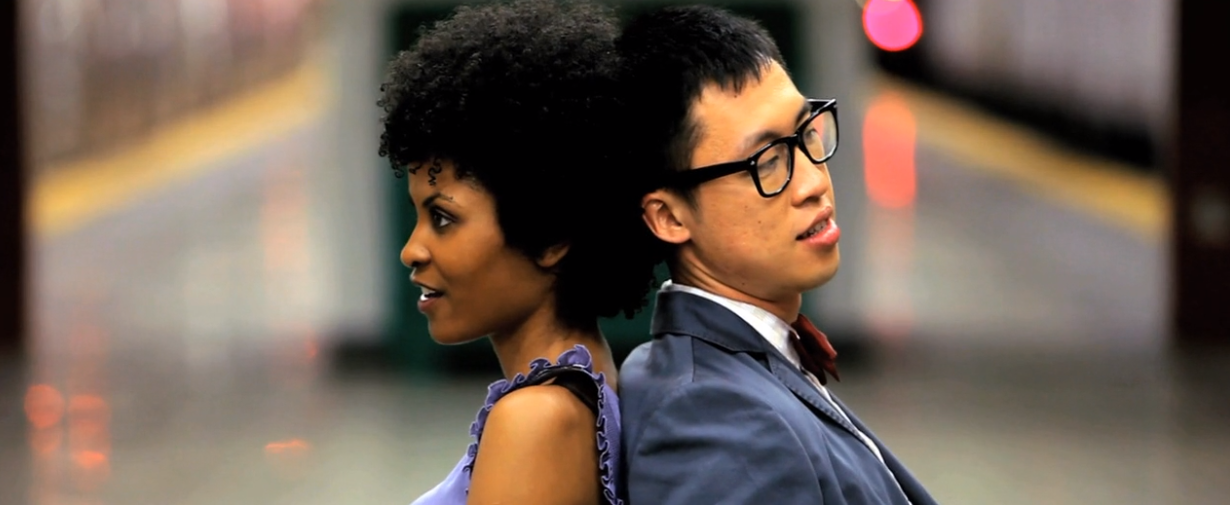
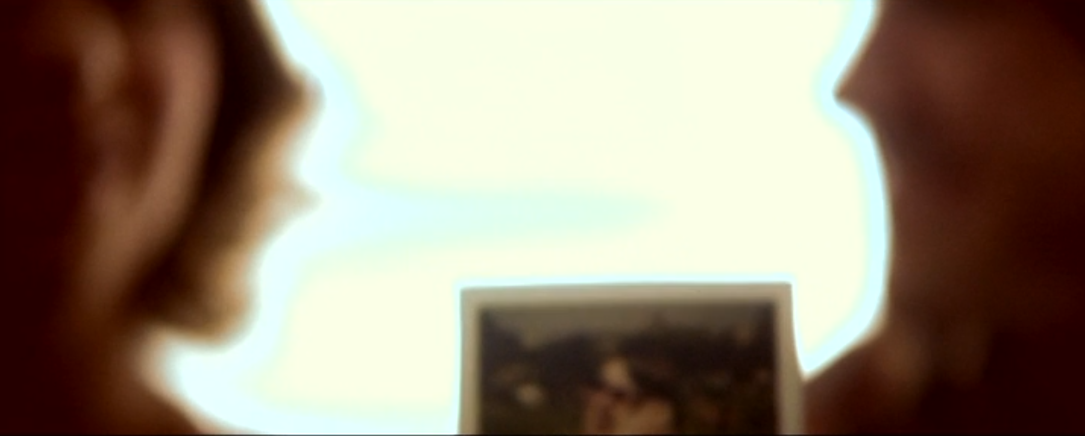
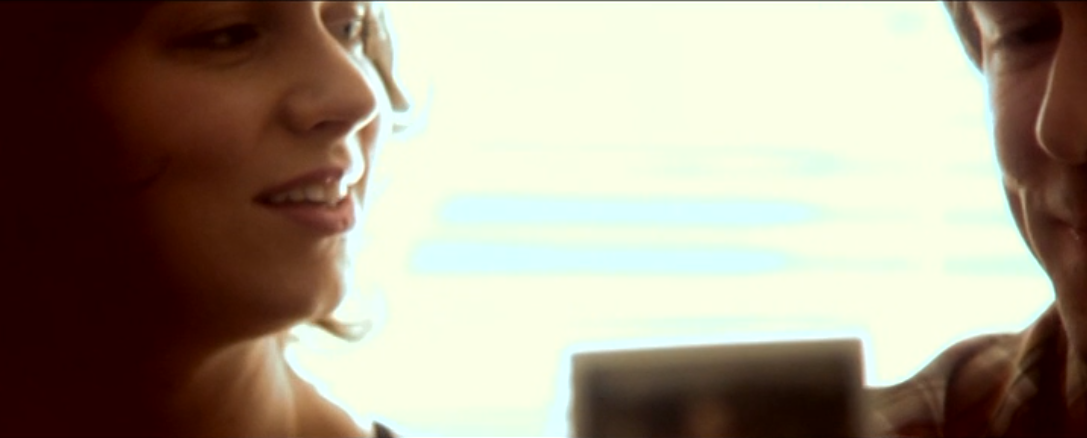
With one curt existence a documentary project for his friends (A Young Couple) and the other short beingness an extended commercial for Bloomingdale's (Tall Plenty), his middle catamenia consists of films that aren't narrative in that traditional sense. Yet, with both happening around the time of Medicine For Melancholy — Barry Jenkins' first feature — 2009 seemed to be the yr he wanted to cinematically explore romantic relationships in all of their splendor and complexity.
A Young Couple never attempts to milk melodrama or inject fake conflict into the lives of a real immature couple living together in San Francisco. Yet Jenkins notwithstanding finds valuable ways to create real intrigue. He largely does information technology with subtle camera placements.
For example, i of the middle menstruation'southward few examples of framing within the frame happens when Jenn and John show their respective office spaces. At that place is no judgement fabricated inside the film on whether these separate spaces are a source of friction or relief. Instead, this framing option visually taps into the necessary individuality that each member of a couple must agree onto (and sometimes fight for) when in any serious relationship.

Again, the selection fabricated here is delicate and made without commentary. When compared to the heavily-stylized depictions of fragmented relationships in My Josephine, ane senses a Barry Jenkins more than trusting of his audience — and more than trusting of his power to use subtlety to capture a truth.
Jenkins also relies on the documentary "talking head" trope in both A Young Couple and Tall Enough to get each member of the couple'due south own thoughts on the relationship, absent-minded the partner. In both cases, by isolating the partners and having them direct face the artifice of the camera, the characters reveal things they wouldn't accept otherwise.
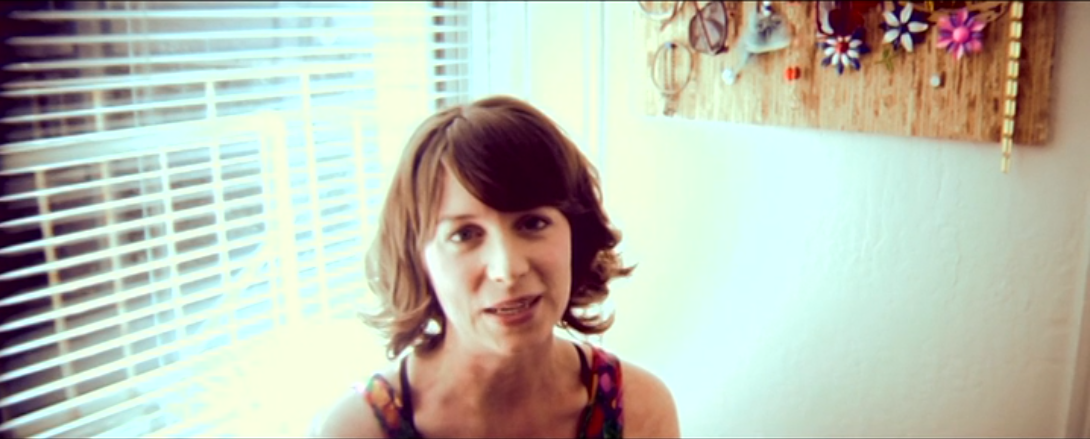

In the instance of Tall Plenty, Jenkins chooses a very commercial "white limbo" way of interview that calls attention to the artificiality of such interactions. At the same time though, Jenkins finds a articulate and warm humanity (something he always seems to detect, no thing the project) that contradicts the very artificiality "white limbo" videos are usually associated with.
This is only one example of many in Jenkins' heart period of embracing paradoxes. There is a paradox in the central image of Tall Enough, the couple belongings upward hands in front of their faces and asking what they see in each other.

It's the prototype that Jenkins said inspired the unabridged commercial; it certainly is a strong one. This is partly due to the racial difference of the lovers (something that's chosen attention to in the film's opening dialogue) and partly due to the strange nature of people wanting to see each other for who they really are, yet putting their own obstacles in the fashion. Is this not, somehow, a metaphor for relationships we're given by this middle menstruation?
1 of the most revealing moments in A Immature Couple comes from Jenkins himself, equally he converses with the couple from backside the photographic camera. When John and Jenn reveal that they moved in together at 23, Jenkins replies:
You know, I'one thousand 29 and I've never lived with anyone.
This pocket-sized peek behind the curtain is both a throwaway line and an essential one. Perhaps the middle period can be re-classified as an extended attempt by Jenkins to understand the nature of something in which he (upwardly until this point in his life) never himself experienced.
If true, information technology would greatly reinforce the ache and longing of the photographic camera, the endeavour to capture romance every which way, to study all of its facets.
Jenkins finer explores other paradoxes and tensions every bit well. Towards the end of Tall Enough, Jenkins returns to his fundamental epitome of hands over eyes. The man asks the woman what she sees. The film then cuts to the man whispering to her, suggesting that what she "sees" in her mind'southward middle is not a visual memory, just an aural one.
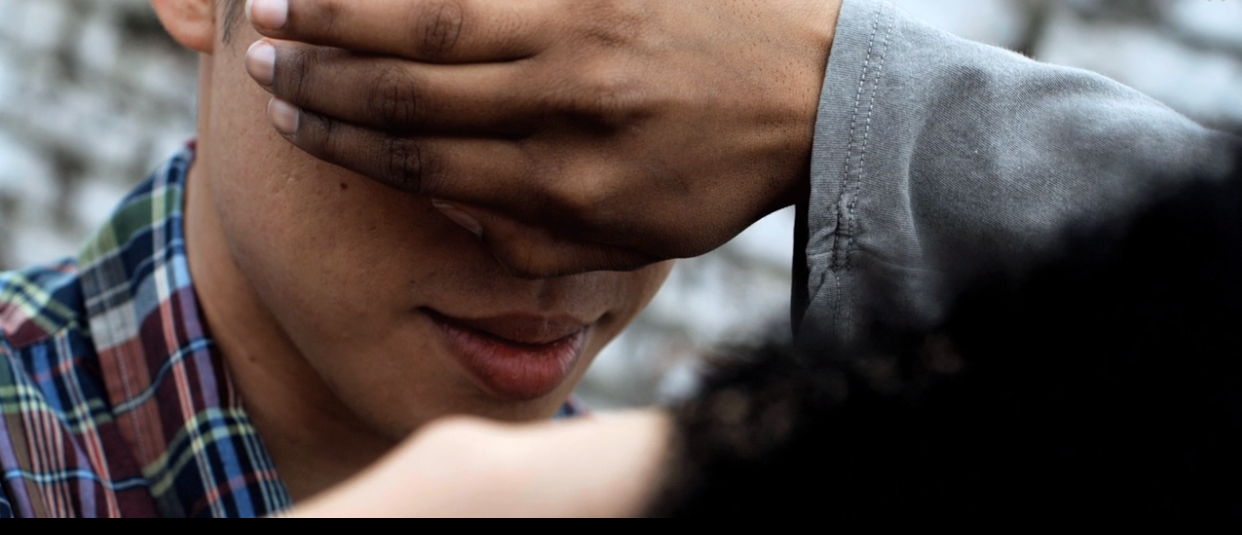
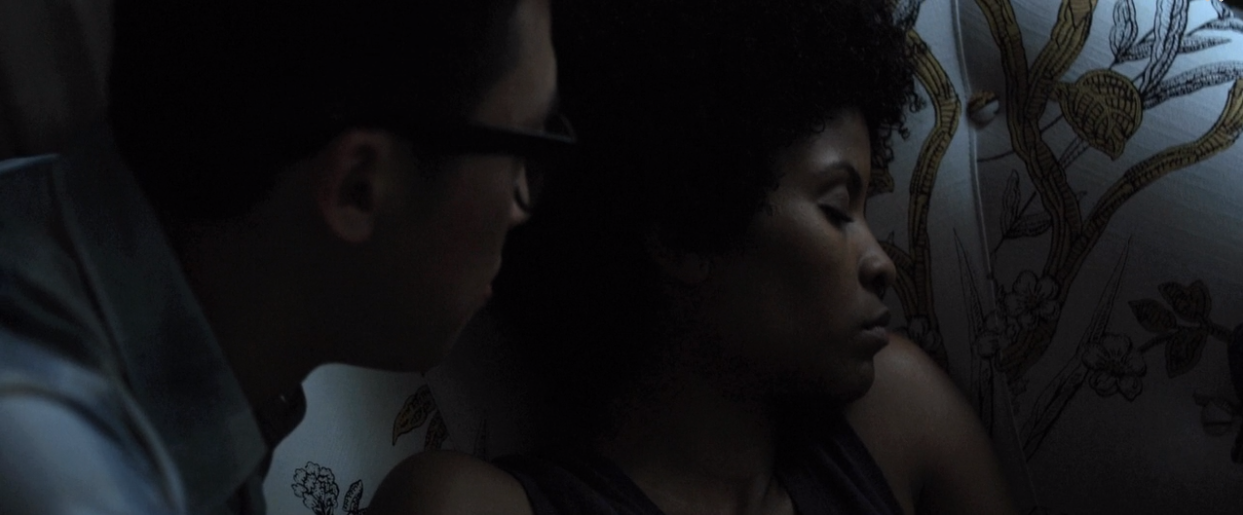
Jenkins also playfully creates tensions and paradoxes within the soundtrack cues. Unlike in My Josephine and Picayune Dark-brown Boy — where the haunting music selections mostly took identify during otherwise silent passages of the films — Jenkins' middle menses shorts frequently utilize music to overwhelm the dialogue track in anarchistic ways. On more than one occasion during both shorts, Jenkins lets the flick's music come up in and overpower the dialogue, to the extent that the words, one time clear, crisp and seemingly important to the evolution of the film, become indistinguishable and consequently inessential. It'southward a trick used by other legendary filmmakers like Terrence Malick, but Jenkins employs the style in a way that calls so niggling attention to itself.
Despite all of these sharp stylistic and thematic distinctions to be found in Jenkins' middle flow, you can find several callbacks to his early period piece of work. There are still some clever frames within frames. At that place are also frequent cuts to black, a prominent editing selection we noticed final time.
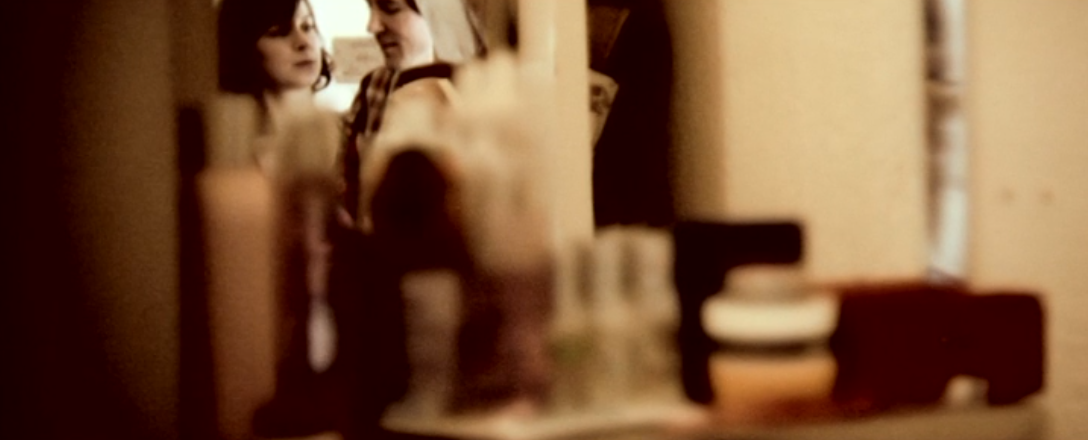
But possibly the greatest amalgamation of Jenkins' early and heart period work comes in the the not-nonetheless-discussed 2009 curt 1 Shot. It's a short shot all in one have. Made for a contest, the picture show could be accounted more experiment than film…
…just shouldn't all curt films, in a mode, exist an experiment?
The camera follows a immature adult female pressured into stealing from a local convenience store. Otherworldly audio furnishings and a swirling, often out-of-focus camera, accept this naturalistic premise into science fiction dimensions.
The tight perspective on the main character is oft obscured past soft focus, a deep blue palette and a disorienting hand-held camera. In many ways, its visual sense directly echoes that of My Josephine.
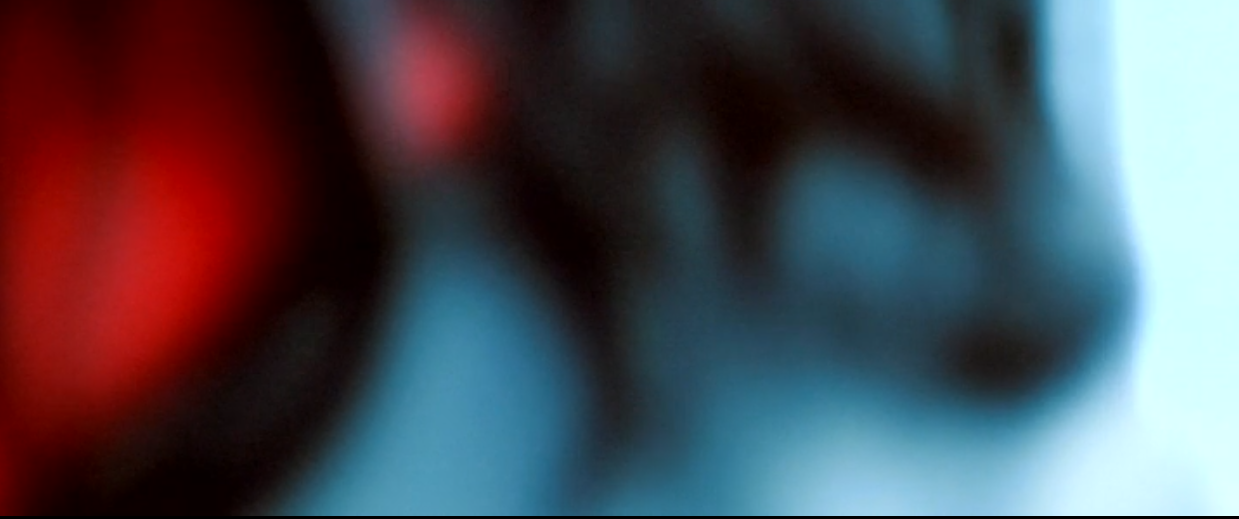
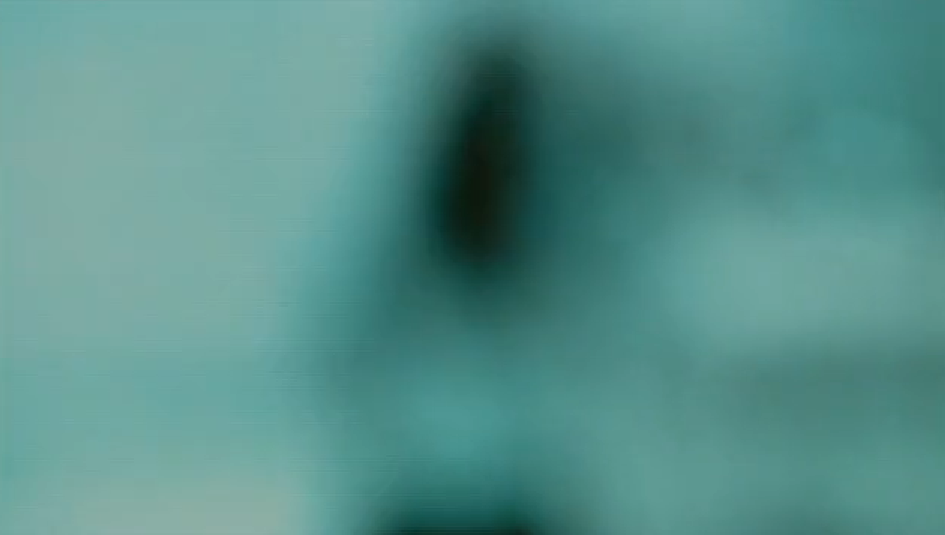
Ane Shot also taps into a sense of isolation and fragmentation, especially in the fashion the camera withholds a full look at her face until the very end of the pic, when she makes a key, life-changing determination.
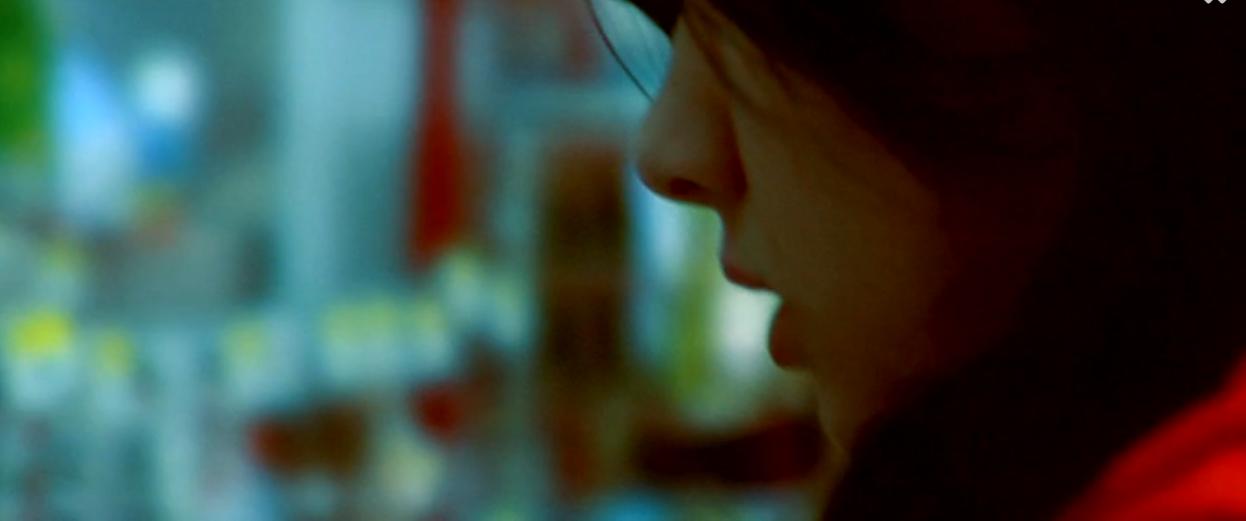
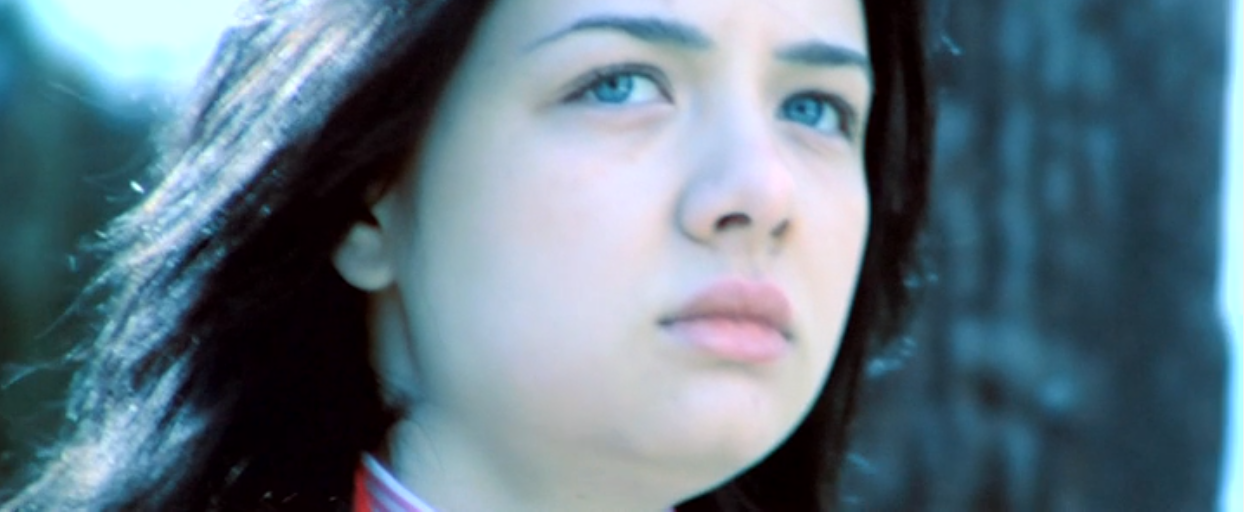
But what keeps this experimental short firmly in Jenkins' centre period is the earnest intimacy on brandish throughout. Even when the camera never leaves its tight close upwardly structure, it remains in search for human being faces. The photographic camera cuts back to the confront of the convenience store owner whenever it can, equally if looking for something there that can't be found anywhere else.
The camera lingers and searches (partly because information technology has to as a i-take technique) in a manner that the early on period would never permit. Any framing with frames is gone. All the quondam techniques Jenkins used before disappear, leaving u.s. with movement and bodies. I Shot manages to be both the most abstract and the most concrete brusk in the unabridged filmography.
Another paradox. We're sure middle period Barry Jenkins wouldn't want it any other way.
Source: https://medium.com/miniflix/barry-jenkins-and-the-argument-for-short-film-auteurism-part-2-1340186cc4cd
0 Response to "Barry Jenkins Go Home Again Short Film"
Post a Comment